In 1974 the Soviet Union won the bid to become the host of the 1980 summer Olympics. As its host city Moscow is miles inland a location was needed where the sailing events could be held. At this time Estonia, among other countries, was a part of the Soviet Union and its capital Tallinn was chosen.
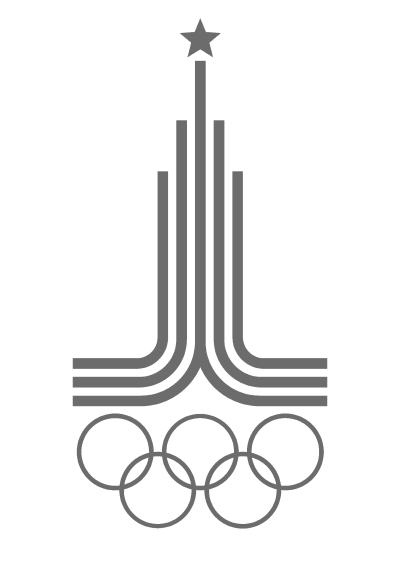
During the years leading up to the Moscow Olympics Tallinn saw a boom in construction. The airport was expanded, the twenty-eight storey Hotel Olümpia and a 314m TV tower were built, as well as the Tallinn Olympic Yachting Centre in Pirita where the event would be held, even the medieval old town was given a makeover.
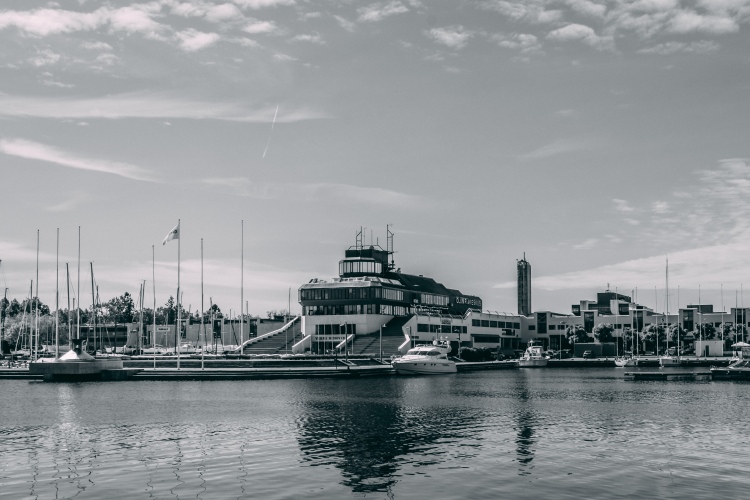

During this period construction began on a multipurpose cultural centre on a large area of land next to the sea. The design was from architects Raine Karp and Riina Altmäe. The building was completed and opened in 1980 with the name V. I. Lenin Palace of Culture and Sports. Under its concrete and limestone form the building held a 4,200 seat amphitheater, an ice hall, an exhibition space and dance hall.
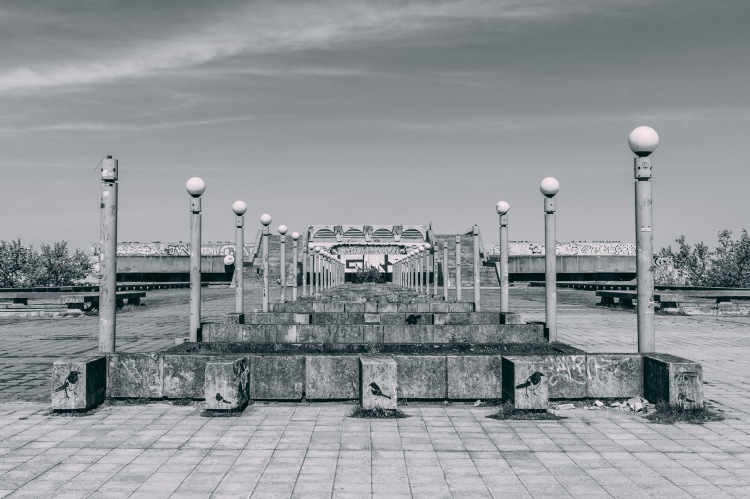
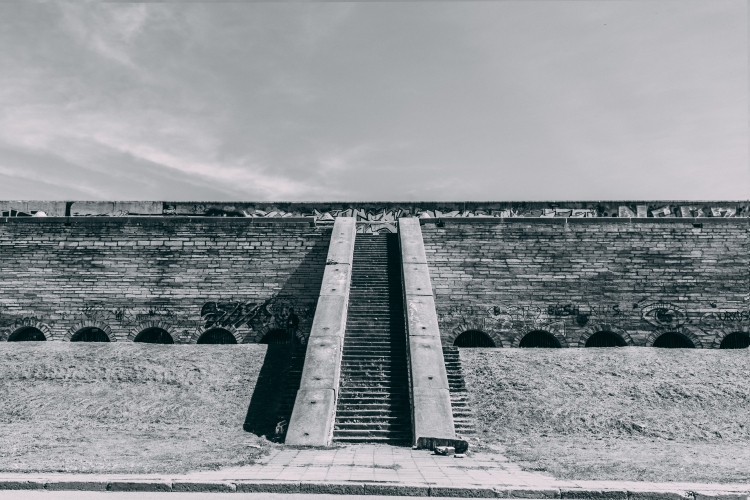
The building was specifically designed so it didn’t interrupt views of Tallinn’s old town from the sea. It is also said, like many other Soviet buildings of the time, that the design and position next to the sea would allow for the building to be fortified easily. Its wide walkways and stairs would make the tiered platform roof accessible for tanks and other armaments if needed.
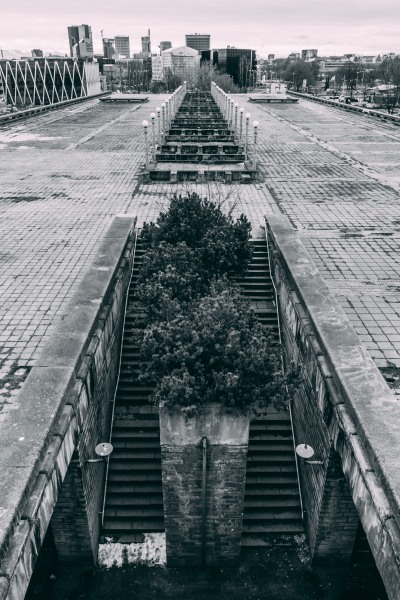
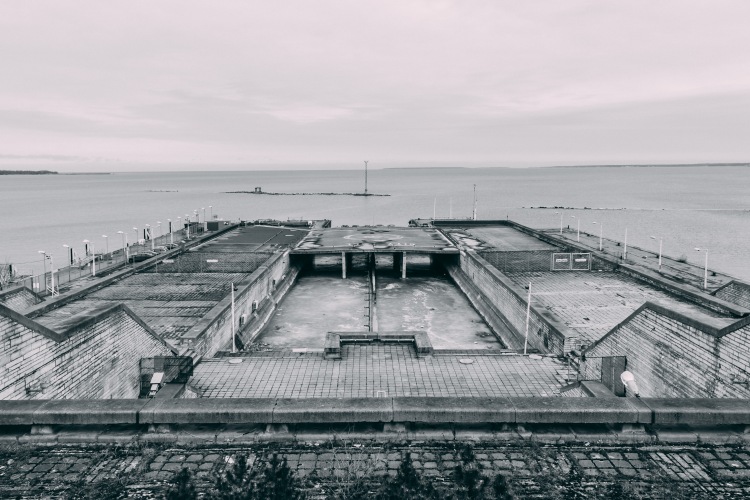
When Estonia regained independence in 1991, with the eventual collapse of the Soviet Union, the building was renamed Linnahall but by then it had seen its best days. It continued to hold concerts even as the building began to fall into disrepair. After its last concert in 2009 Linnahall was closed and even though the building has heritage protection for its cultural significance its future remains uncertain as the city searches for investment.
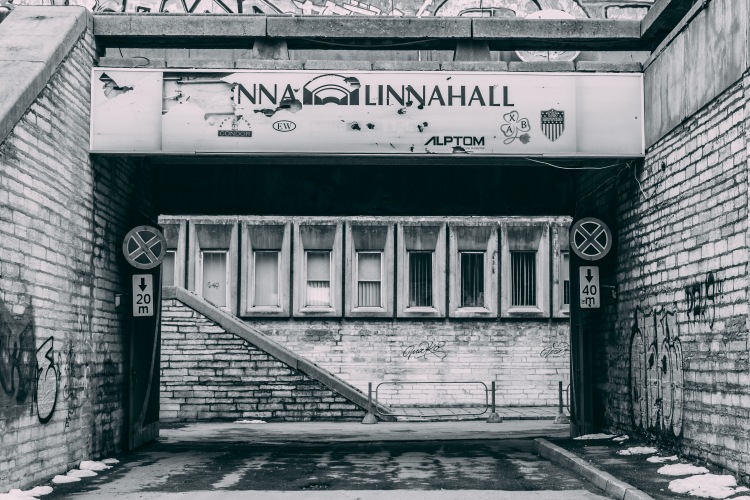
Further Reading:
My zine exploring the exterior of Linnahall is now available to order. It features black and white photographs taken over several visits to the building.

This type of architecture looks horrible.
LikeLiked by 1 person
And that is what is so interesting to me
LikeLiked by 1 person
I grown up while watching plain Soviet-era architecture.
LikeLiked by 1 person
That could be part of the interest for me, as I never did.
LikeLiked by 1 person